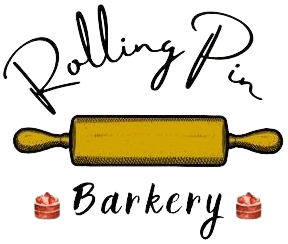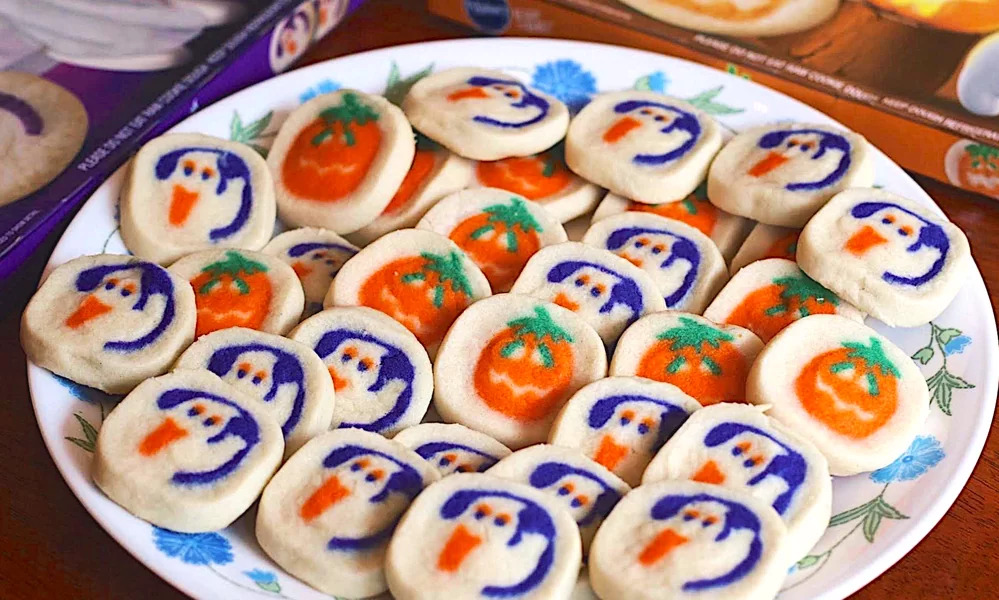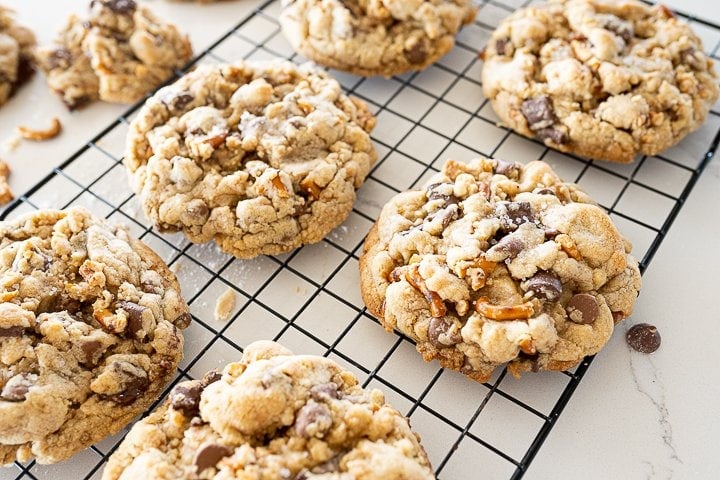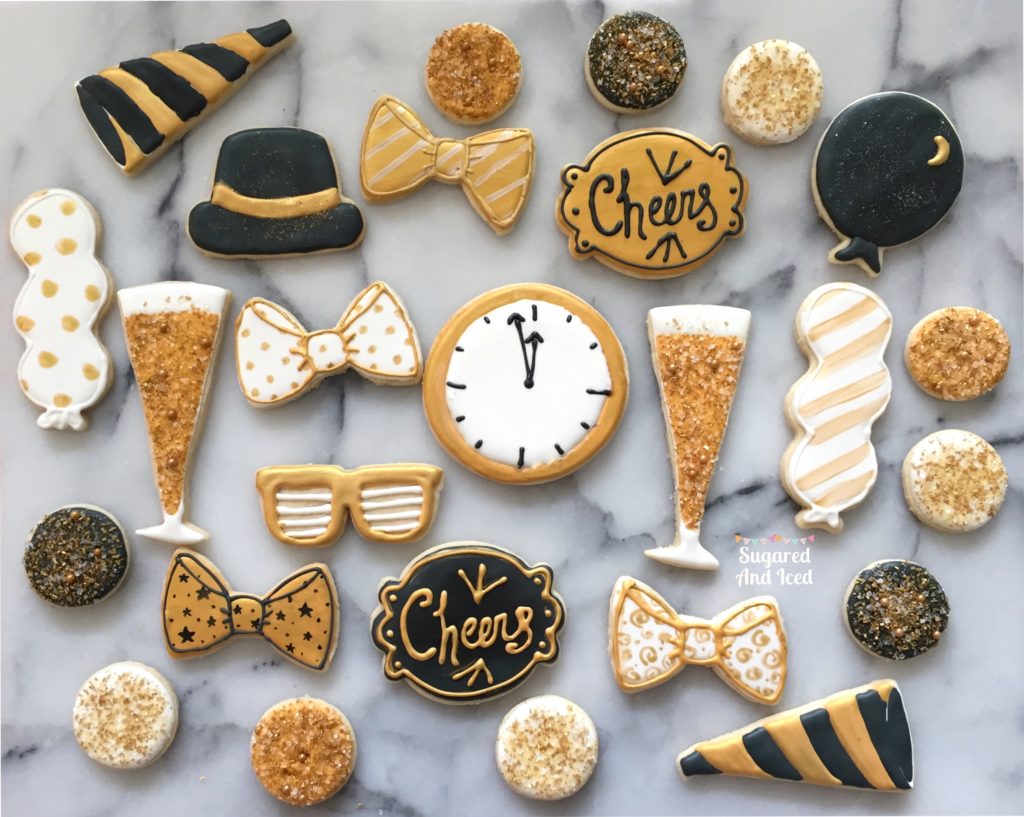Are you frustrated with your rolling pin sticking to the dough, leaving ridges and divots in it? Do you find yourself having to stop every few minutes to scrape off leftover dried bits of flour or dough that won’t come loose from either surface no matter how hard you brush?
How to keep rolling pin from sticking to dough? There are a few basic tricks you can use to make sure that your rolling pin never sticks again. Read on for Rolling Pin Bakery tips on keeping your rolling pin clean and ready for another turn around the countertop!
What is a rolling pin?
A rolling pin is a cylindrical kitchen tool that is used to flatten dough or pastry. It typically consists of a long wooden or metal rod with handles on either end for easy gripping. Rolling pins come in various sizes and materials, ranging from small and lightweight for delicate pastries to heavy and sturdy for bread dough.
Rolling pins are essential tools in baking as they help evenly spread dough or pastry to the desired thickness. By applying pressure and rolling back and forth, a rolling pin can smooth out any bumps or unevenness in the dough, resulting in a uniform surface.
Aside from baking, rolling pins are also commonly used in cooking for tasks such as crushing crackers or cookies, flattening meat for dishes like schnitzel, or even making homemade tortillas. They can also be used in other crafts like clay molding or printmaking.
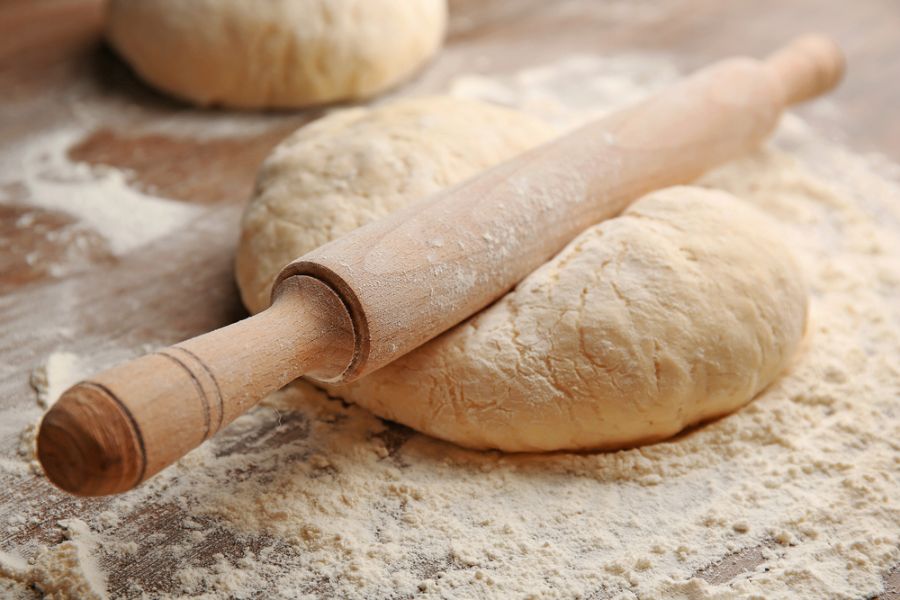
Readmore: How to make rolling pin?
How to keep rolling pin from sticking to dough?
How to keep rolling pin from sticking to dough? There are 10 best ways to keep rolling from sticking to the dough, such as:
- Dusting with flour: Before rolling out the dough, lightly dust the surface of the dough and the rolling pin with flour. This will create a barrier between the dough and the rolling pin, preventing sticking.
- Chilling dough: If you’re working with a particularly sticky or soft dough, try chilling it in the refrigerator for 10-15 minutes before rolling it out. This will make the dough firmer and easier to work with.
- Using a non-stick mat: Some rolling pins come with a non-stick silicone mat that can be placed on top of the dough to prevent sticking.
- Coating rolling pin in oil: Lightly coat your rolling pin in vegetable or olive oil before use to create a slick surface that will prevent sticking.
- Using parchment paper: Place a piece of parchment paper on top of the dough before rolling to create a non-stick surface.
- Spraying with cooking spray: Similar to using oil, you can also lightly spray your rolling pin with cooking spray for a slick surface.
- Rolling between two sheets of plastic wrap: Place your dough in between two sheets of plastic wrap and roll on top to create a barrier between the dough and rolling pin.
- Using a damp cloth: For particularly sticky dough, lightly dampen a cloth with water and wipe down the surface of your rolling pin before use.
- Using powdered sugar: If you’re working with sweet dough, using powdered sugar instead of flour can help prevent sticking and add a touch of sweetness.
- Flouring your hands: If you’re using your hands to shape the dough, make sure to keep them lightly floured to prevent sticking.
Other ways to prevent sticking include making sure your work surface is clean before starting, using a high-quality non-stick rolling pin, and not overworking the dough. It’s also important to make sure your dough is properly rested and chilled before rolling, as this can affect its stickiness. Experiment with different methods to see what works best for you and your specific recipe. With these tips, you’ll be rolling out perfectly smooth and non-stick dough in no time!
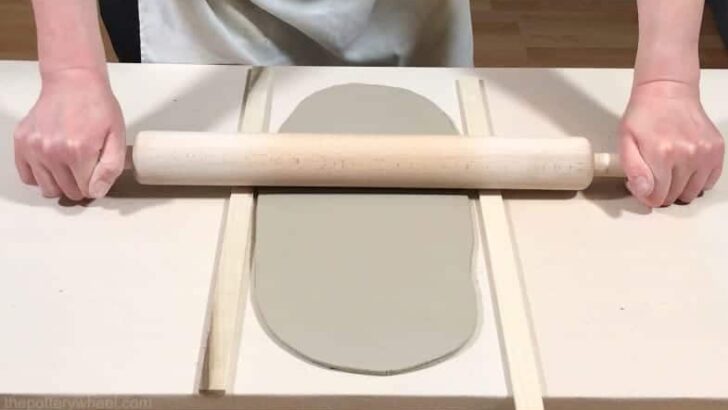
Readmore: What is a rolling pin?
FAQs
Q: Is it possible to substitute wax paper for parchment paper?
A: Absolutely, you can indeed substitute wax paper for parchment paper when rolling out dough. Just remember to lightly dust the wax paper with flour before placing your dough on it.
Q: How frequently should I clean my rolling pin?
A: It’s advisable to clean your rolling pin after every use. Simply wipe it down with a damp cloth and ensure it’s completely dry before storing.
Q: Can I use oil instead of cooking spray?
A: Yes, you can opt for a small amount of vegetable or canola oil instead of cooking spray to grease your work surface. Make sure to apply it evenly and sparingly.
Q: What could be the reason my dough is still sticking despite these methods?
A: If your dough is persistently sticking, several factors may contribute to it, such as the humidity level in your kitchen or the possibility of using excessive water in your dough. Experiment by adjusting these variables to see if it resolves the stickiness issue. You might also need to modify the amount of flour you use when rolling out the dough.
Conclusion
How to keep rolling pin from sticking to dough? Keeping a rolling pin from sticking to dough doesn’t have to be a daunting task. By adding a thin layer of oil or shortening, cleaning and drying the surface before using, and dusting both sides of the rolling dough with flour, it’s possible to have success when it comes to working with pastries, pies, and other baked goods. Additionally, exploring new tactics such as chilled pins and chilled stone sheets may also yield positive results. Ultimately, take steps to protect your rolling pin and take time examining any issues that you may encounter along the way – this kind of proactive behavior will ensure that you end up with the best results every time. So what are you waiting for? Try out these methods for yourself today and see how they can help keep your rolling pin from sticking to dough!
